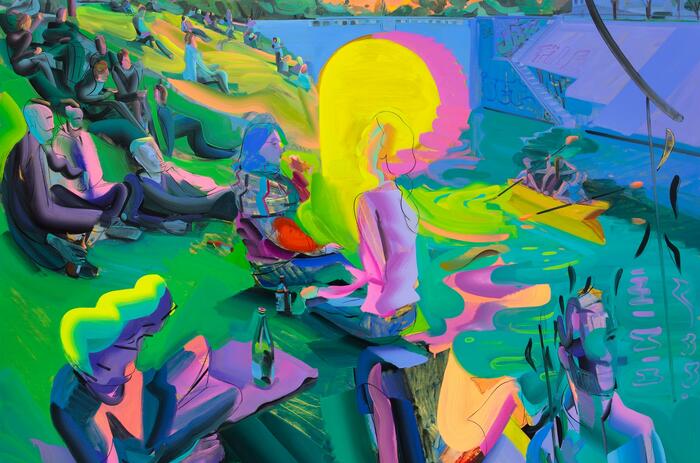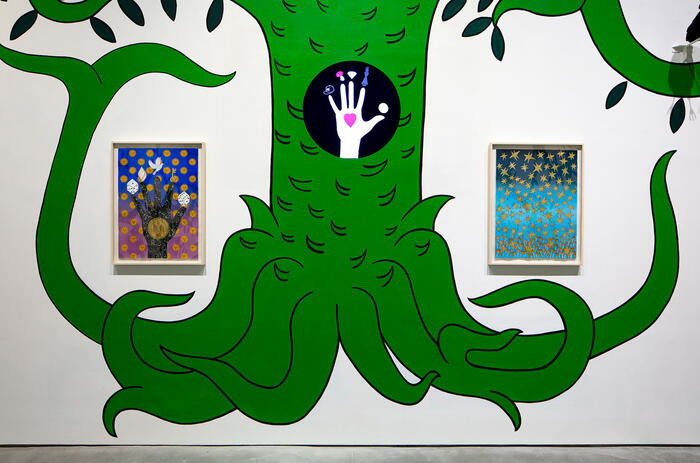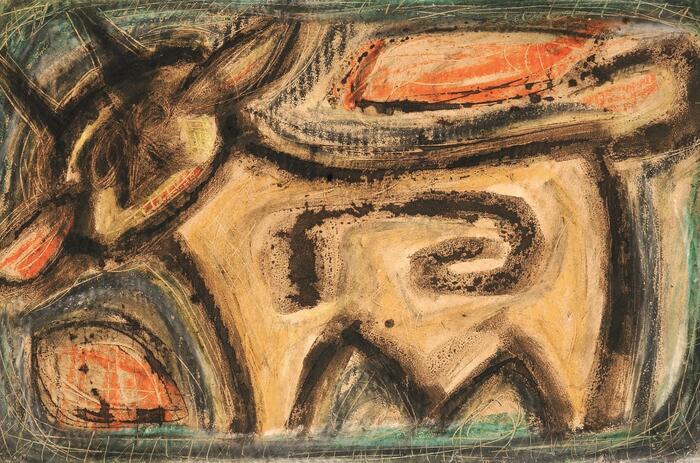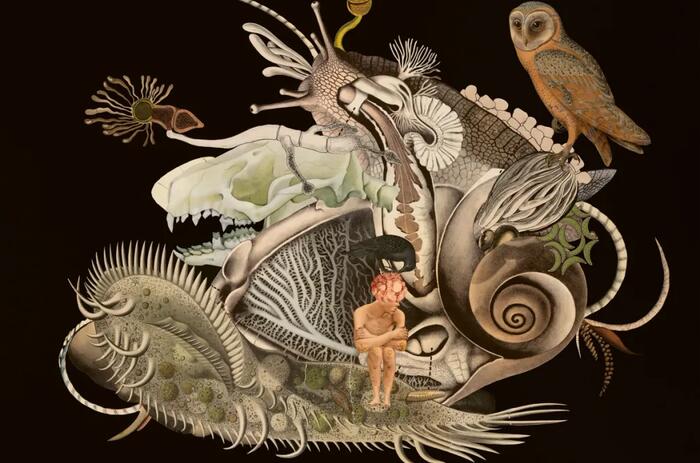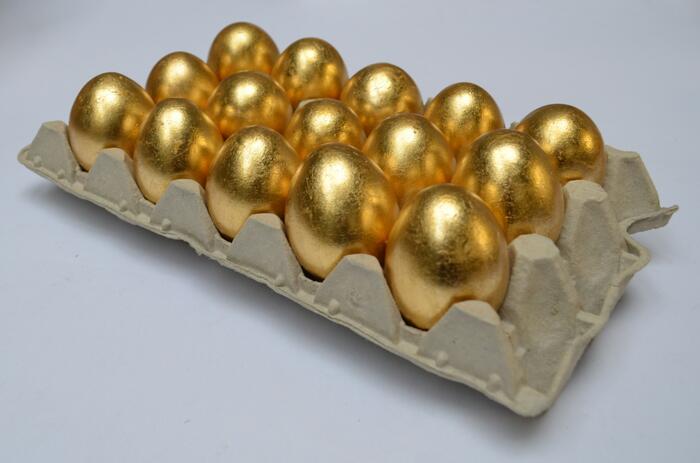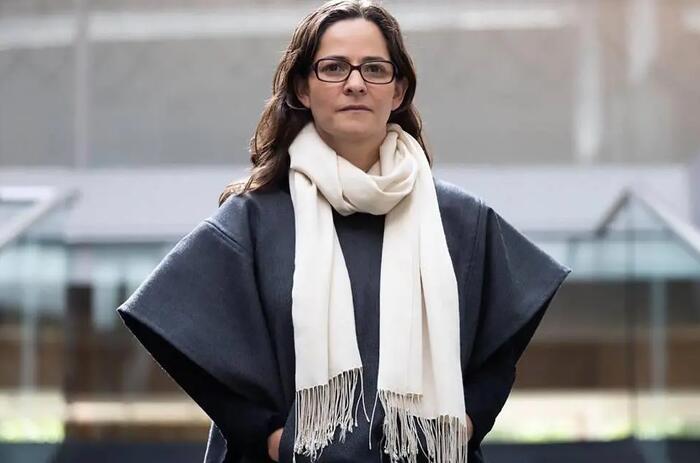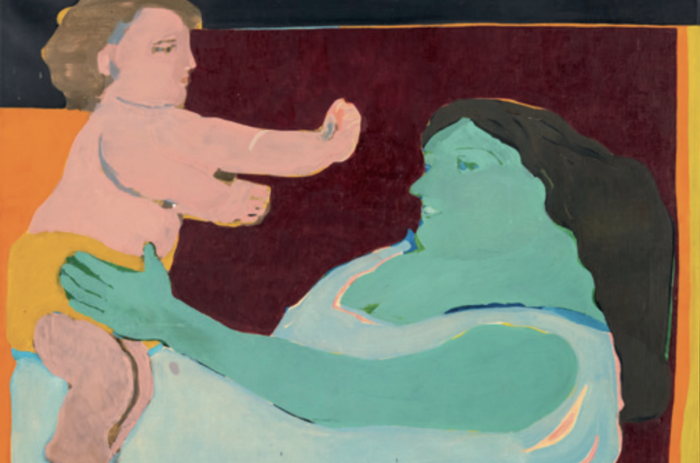GABRIEL OROZCO’S RECENT WORK AT KURIMANZUTTO
Gabriel Orozco’s latest exhibition at kurimanzutto presents recent drawings, paintings and sculptures intricately connected to the places where he lives.
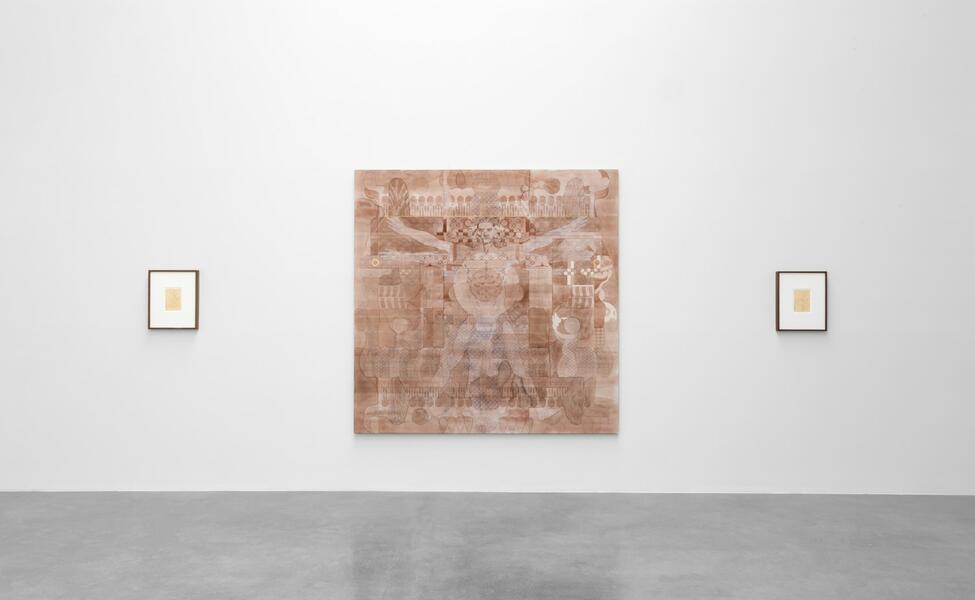
The drawings in Diario de Plantas, made in notebooks small enough to fit in the palm of a hand, record the imprints and sketches of leaves to trace an open-ended cartography of organic growth.
Orozco began this series in Tokyo during the COVID pandemic, documenting the leaves that caught his attention or fell at his feet; then, the diary traveled with him to Acapulco and Mexico City, where he was working on the master plan for a large public project to renovate the city’s central Chapultepec Park. From the pages of his Diario we get a glimpse of the artist’s daily practice as well as his enduring interest in landscape and the natural environment. The traces and imprints made with gouache, tempera, ink and graphite suggest deliberate improvisation, where the delicate textures and shapes of each specimen guide his exploration of organic structures and color.
The sculptures included in the exhibition were made in Mexico, carved from local stones such as red volcanic tezontle and white marble. Every die is made by using a compass to trace the same concentric circles on a structural grid, which is drawn on a 30 x 30-centimeter cube and then carved on each of its six faces. The geometric diagram remains a constant, but the volumes and voids vary from one sculpture to another; like an alphabet that is used to tell a different story each time, the dice emerge from the same pattern but are never the same. By utilizing these drawings to cut away at a solid form, the artist unveils the motion embedded in matter through circles, the rotation dormant in the plane but running through the mass of the stone.
In his most recent paintings, Orozco articulates the seemingly implausible encounter of two figures, both produced around the 15th century: Leonardo Da Vinci’s ink notebook drawing, Vitruvian Man, and the monumental stone sculpture of Coatlicue, the Aztec goddess of life and death. Characterized by her skirt of writhing snakes, pendulous breasts and a necklace of human hearts, the Coatlicue is believed to represent duality, the struggle of opposites and the embodiment of cosmic forces connected to fertility, creation and destruction. Coatlicue’s expanded body overlaps with the western idealized proportions of the human body portrayed in Leonardo’s Vitruvian Man.
Exhibition by Gabriel Orozco.
Until March 23rd, 2024.
kurimanzutto. Gob. Rafael Rebollar 94, col. San Miguel Chapultepec 11850, Mexico City, México.

